Introduction
Mochi, a traditional Japanese sweet made from glutinous rice flour, has gained immense popularity worldwide due to its delightful combination of soft, chewy texture and versatile filling options. Whether filled with sweet red bean paste, ice cream, or even fruits, mochi offers a delightful treat for sweet tooths. However, one common question that arises among mochi enthusiasts is whether mochi can be stored in the refrigerator. This guide aims to provide a comprehensive answer to this question, exploring the nuances of storing mochi, the effects of refrigeration, and alternative storage methods.
Understanding Mochi: A Brief Overview
Before diving into the storage aspect, it’s crucial to understand the basics of mochi. Mochi is traditionally made by pounding steamed glutinous rice until it forms a smooth, sticky dough. This dough is then shaped into small rounds, filled with various sweet or savory ingredients, and sometimes coated with a layer of powdered sugar or kinako (roasted soybean flour). Mochi is known for its unique texture, which can range from soft and chewy to slightly firm, depending on the preparation method and ingredients used.
Mochi is often enjoyed during festivals and special occasions in Japan, particularly during the New Year, where it symbolizes good fortune and prosperity. However, its popularity has transcended cultural boundaries, making it a beloved dessert in many parts of the world.

The Question of Refrigeration
Now, let’s tackle the main question: can mochi be stored in the refrigerator? The answer isn’t straightforward, as it depends on several factors, including the type of mochi, the filling, and the desired texture.
Freshly Made Mochi
Freshly made mochi is best enjoyed at room temperature or slightly chilled. Placing freshly made mochi directly into the refrigerator can cause it to harden and lose its characteristic soft, chewy texture. The cold temperatures cause the glutinous rice dough to become firm and less pleasant to eat. Therefore, if you’ve just made mochi or purchased it from a local bakery, it’s recommended to consume it within a few hours for the best texture and flavor.
Store-Bought Mochi
Store-bought mochi, especially those packaged for longer shelf life, often contain preservatives and stabilizers to maintain their texture and freshness. These products are usually designed to be stored at room temperature or in the refrigerator. However, even with these additives, storing store-bought mochi in the refrigerator can still alter its texture, albeit to a lesser degree than freshly made mochi.
Filled Mochi
Filled mochi, such as those with ice cream or cream fillings, require special consideration when it comes to storage. If the filling is perishable, storing the mochi in the refrigerator is necessary to prevent spoilage. However, be mindful that the refrigeration process may cause the outer layer of mochi to harden. To mitigate this, you can let the mochi sit at room temperature for a few minutes before eating to soften it slightly.
Mochi Ice Cream
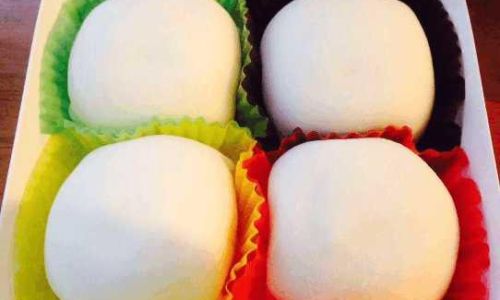
Mochi ice cream, a popular variation where the entire mochi is filled with ice cream and then frozen, is an exception to the general rule. This type of mochi is meant to be stored in the freezer to keep the ice cream solid. When ready to eat, allow the mochi ice cream to thaw slightly for a few minutes before enjoying to avoid it being too hard to bite into.
Effects of Refrigeration on Mochi
Refrigeration can significantly impact the texture and flavor of mochi. Here are some key points to consider:
Texture Changes:
- Hardening: As mentioned earlier, the primary effect of refrigerating mochi is hardening. The cold temperatures cause the glutinous rice dough to firm up, making it less chewy and more difficult to bite into.
- Moisture Loss: Refrigeration can also lead to moisture loss, causing the mochi to become dry and less flavorful.
Flavor Changes:
- Staleness: Refrigerated mochi may develop a stale flavor over time, especially if stored for extended periods.
- Loss of Freshness: The fresh, slightly sweet flavor of mochi can diminish when stored in the refrigerator.
Preservation and Shelf Life
While refrigeration may not be ideal for maintaining mochi’s texture and flavor, it can extend its shelf life, especially for store-bought products. Here are some tips for preserving mochi:
Room Temperature Storage
For freshly made mochi without perishable fillings, storing it at room temperature in an airtight container is the best option. This allows the mochi to retain its soft, chewy texture and fresh flavor. However, be mindful of the ambient temperature. If the room is too warm, the mochi may become sticky or spoil quickly.

Refrigeration for Filled Mochi
If the mochi contains perishable fillings, such as cream or dairy-based ingredients, refrigeration is necessary to prevent spoilage. In this case, store the mochi in an airtight container in the refrigerator. To maintain the best texture, let the mochi sit at room temperature for a few minutes before eating.
Freezing Mochi
For long-term storage, freezing is an option, especially for mochi without fillings or for mochi ice cream. Wrap individual pieces of mochi tightly in plastic wrap or place them in an airtight container before freezing. When ready to eat, thaw the mochi in the refrigerator overnight or at room temperature for a few hours. Avoid thawing mochi in the microwave, as this can cause it to become overly soft and sticky.
Alternative Storage Methods
Besides refrigeration and freezing, there are alternative storage methods that can help maintain mochi’s texture and flavor:
Moisture Control
To prevent mochi from drying out, store it in an airtight container with a piece of damp paper towel or a small, sealed container of water. This helps maintain the moisture level inside the container, keeping the mochi soft and chewy.
Avoid Direct Sunlight and Heat

Direct sunlight and heat can cause mochi to spoil quickly. Store mochi in a cool, dark place, away from direct sunlight and heat sources.
Use a Rice Paper Wrapper
In Japan, mochi is often wrapped in rice paper (mochigami) before being stored. This not only adds a layer of protection but also helps maintain the moisture and texture of the mochi. If you can find rice paper, wrapping your mochi in it before storing it in an airtight container can be beneficial.
Consuming Within a Reasonable Timeframe
Ultimately, the best way to enjoy mochi is to consume it within a reasonable timeframe after purchase or preparation. Freshly made mochi is always the most delicious, so try to plan your mochi-making or purchasing accordingly.
Conclusion
In conclusion, whether mochi can be stored in the refrigerator depends on several factors, including the type of mochi, the filling, and the desired texture. While refrigeration can extend the shelf life of mochi, it can also alter its texture and flavor. For best results, store freshly made mochi at room temperature in an airtight container, and only refrigerate or freeze it if necessary, such as when dealing with perishable fillings or for long-term storage. By understanding these nuances, you can ensure that your mochi remains delicious and enjoyable, no matter how you choose to store it.
Further Exploration: The Art of Making Mochi
For those interested in the art of making mochi, here’s a brief overview of the traditional process:
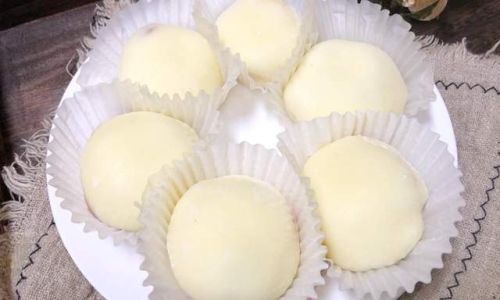
Ingredients:
- Glutinous rice flour (mochiko)
- Water
- Sweetener (optional, such as sugar or honey)
- Fillings (e.g., red bean paste, ice cream, fruits)
Instructions:
-
Prepare the Dough:
- In a large bowl, combine glutinous rice flour and water in a 1:1 ratio. Add a sweetener if desired.
- Mix until a smooth dough forms. If the dough is too sticky, add a little more flour; if it’s too dry, add a little more water.
-
Steam the Dough:
- Place the dough in a lightly greased steaming basket or on a piece of parchment paper.
- Steam for about 15-20 minutes, or until the dough is translucent and cooked through.
-
Cool and Pound:
- Once steamed, transfer the dough to a clean surface and let it cool slightly.
- Using a mochi pounder (or a mallet wrapped in plastic wrap), pound the dough until it becomes smooth and elastic. This can take several minutes of vigorous pounding.
-
Shape and Fill:
- Divide the pounded dough into small portions.
- Flatten each portion into a disc and place a filling in the center.
- Seal the dough around the filling and shape it into a ball or other desired shape.
-
Serve and Enjoy:
- Dust the mochi with powdered sugar or kinako before serving.
- Enjoy immediately or store as described
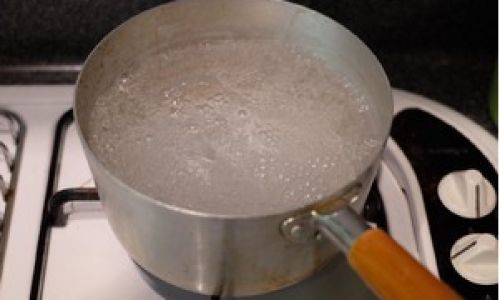
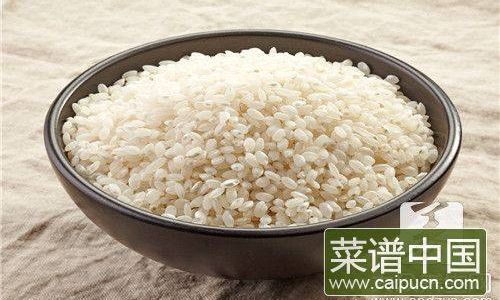
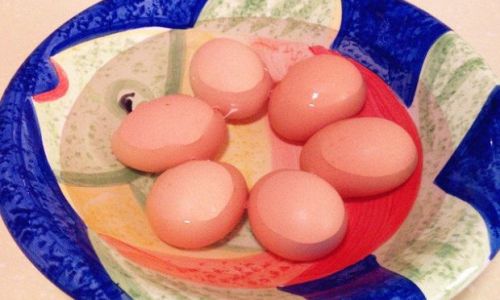


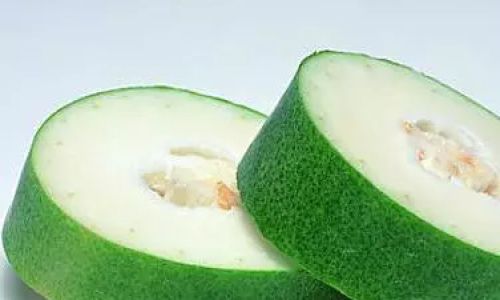
0 comments